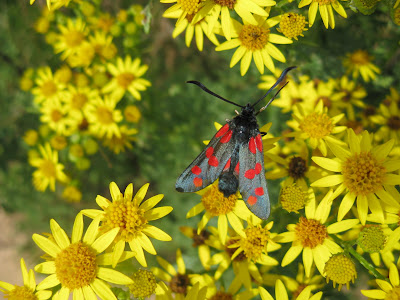
It has been claimed that a 6
th mass extinction event is
occurring in the Southern hemisphere (
http://www.guardian.co.uk/environment/2009/jul/28/species-extinction-hotspots-australia) that is broadly equivalent to the Cretaceous-Tertiary event (perhaps related to that wiped out the dinosaurs some 65 m years ago. Humans (via their population increases, pollution generation and transport of alien species) are blamed for the apparent loss of species in Australia, New Zealand, South America and the numerous Pacific Islands. It may be worth adding one or two points. Firstly, humans in the Southern hemisphere are generally poorer than those in the Northern half of the world, meaning that conservation is less likely to receive substantial support. Secondly, many of the locations in the Southern hemisphere are islands and, as such, are home to specialist endemic (limited to that location only) species which are especially vulnerable to pollution events and the effects of deliberately and accidentally introduced alien species. Clearly, humans are having important effects on species in Northern latitudes but there may be a greater time lag. One could also argue that the Northern hemisphere generates a greater human impact in world terms than the South.


 The National Botanical Gardens Wales near Carmarthen seems to be a real boon for birds. House sparrows (Passer domesticus) can sleep in its Great Greenhouse. Chaffinch (Fringilla coelebs) can beg in its walled garden and Coot (Fulica atra) can, with delicate parental punishment, encourage their maturing chicks to become independent feeders.
The National Botanical Gardens Wales near Carmarthen seems to be a real boon for birds. House sparrows (Passer domesticus) can sleep in its Great Greenhouse. Chaffinch (Fringilla coelebs) can beg in its walled garden and Coot (Fulica atra) can, with delicate parental punishment, encourage their maturing chicks to become independent feeders.





















+shoot+Loughor.jpg)



+on+grass+Loughor.jpg)








+morph+Barcelona+zoo.jpg)
+sow+and+piglets+Loughor.jpg)

+kitten+Edale+YHA.jpg)


+on+grass+Loughor.jpg)


+Whiteford.jpg)
+Rhoselli.jpg)

+dead+Bynea.jpg)
+Penclacwydd.jpg)









%20mating%20NWCW.jpg)

